Ages back, when my love for healthy cooking was new, I realised that cuisines have covert markers. Each ethnicity used a specific ingredient to make their dishes taste just-so. For Indian food that marker is fenugreek seeds.
Methidana: Roasting the Bitterness Away
Fenugreek seeds are harvested from curved yellow pods. Each pod has about 20 seeds. The pod itself grows out of a pale purple-white flower in a plant that belongs to the Fabaceae family.
Do not, I repeat, do not experiment eating the spice raw, it is incredibly bitter. Yet, the yellow-brown seeds have an almost ethereal beauty. Once you pan roast them, the bitterness fades away into a complex flavour.
Combine the seeds with other herbs and it makes the palette feel even more complete. Somehow the mingling of spices transforms the unpleasant tang of fenugreek seeds into a fairly dark caramel-ish taste.
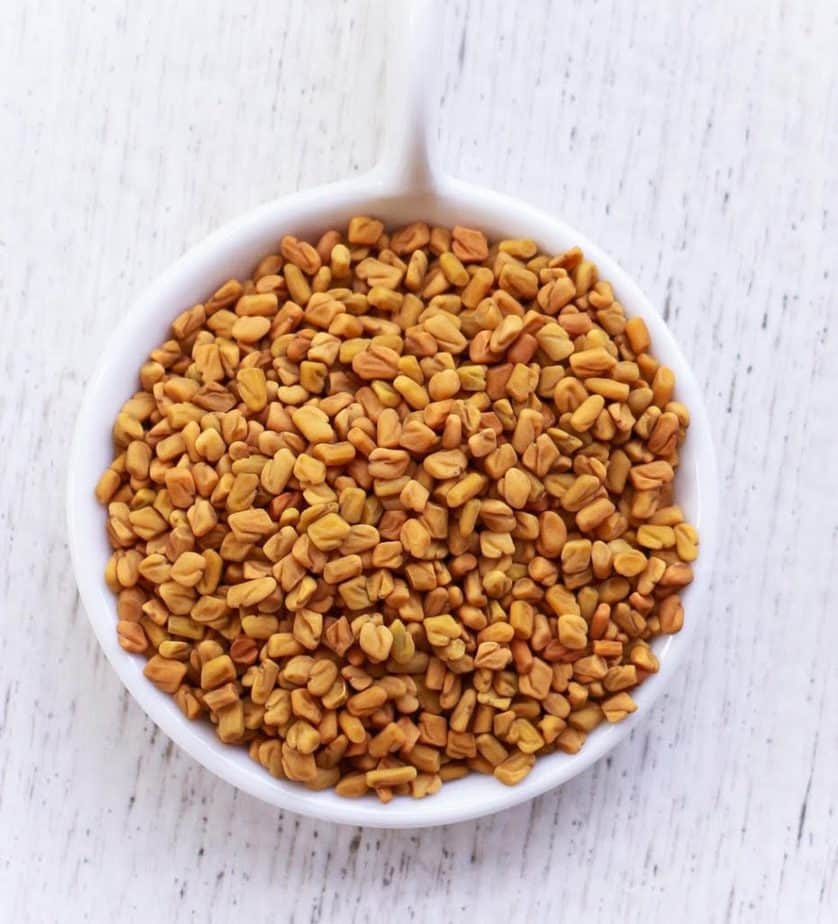
Why Use Fenugreek Seeds: The Health Benefits of the Spice
Fenugreek is the oldest medicinal plant with actual seeds being found from as far back as 4000 BC. Ancient history aside, the spice has been given the moniker of nutraceutical by the current US food industry.
What’s a nutraceutical? Food that has not only nutritional value but also pharmaceutical. Vitamin B, Vitamin C, Calcium, Iron, Magnesium; you name it, and fenugreek has it in abundance.
The Chinese have long used fenugreek seeds as traditional medicine. They call it the ‘phlegm mover.’ You know that cold feeling that settles in your bones come winter? The seeds drive it out and reduce inflammation.
A teaspoon of methidana, soaked overnight in a glass of water, is excellent for lactating mothers, for boosting immunity and regulating blood sugar levels.
Even Ayurveda sings a merry tune on the seeds. Fenugreek is touted as an excellent alleviator of pain with the maximum impact occurring on the lower half of the body such as the legs, pelvic region, and the lower back. For the same reason, the spice does wonders when Aunty Flo comes calling, and the abdominal spams become unbearable.
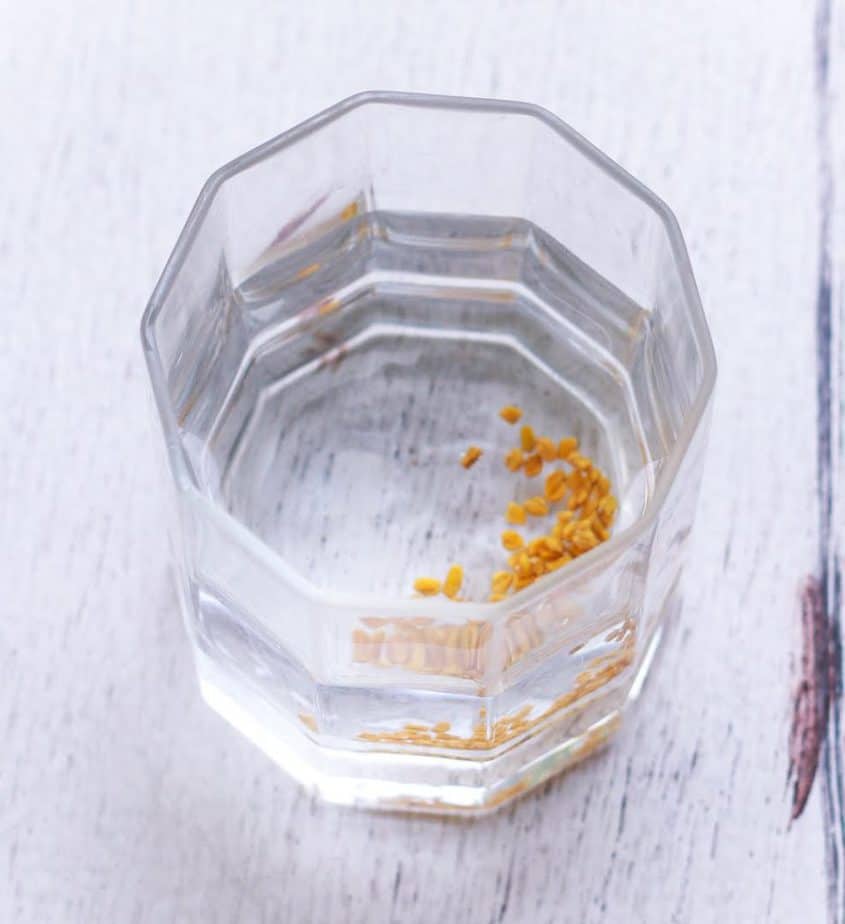
Fenugreek Seeds: A Quick How-To
What I love about fenugreek is its complexity. I can use it as a spice (the seeds) and as an herb (dried leaves). So, don’t knock it till you’ve tried it. Trust me; there is no substitute for fenugreek. Not as a spice and not as a functional food.
If you are wary of the bitterness, try cooking the recipe for a bit longer than usual. The trick is to start with seeds to give them maximum time on the stove. The seeds infuse an unusual and pleasing flavor with extended cooking.
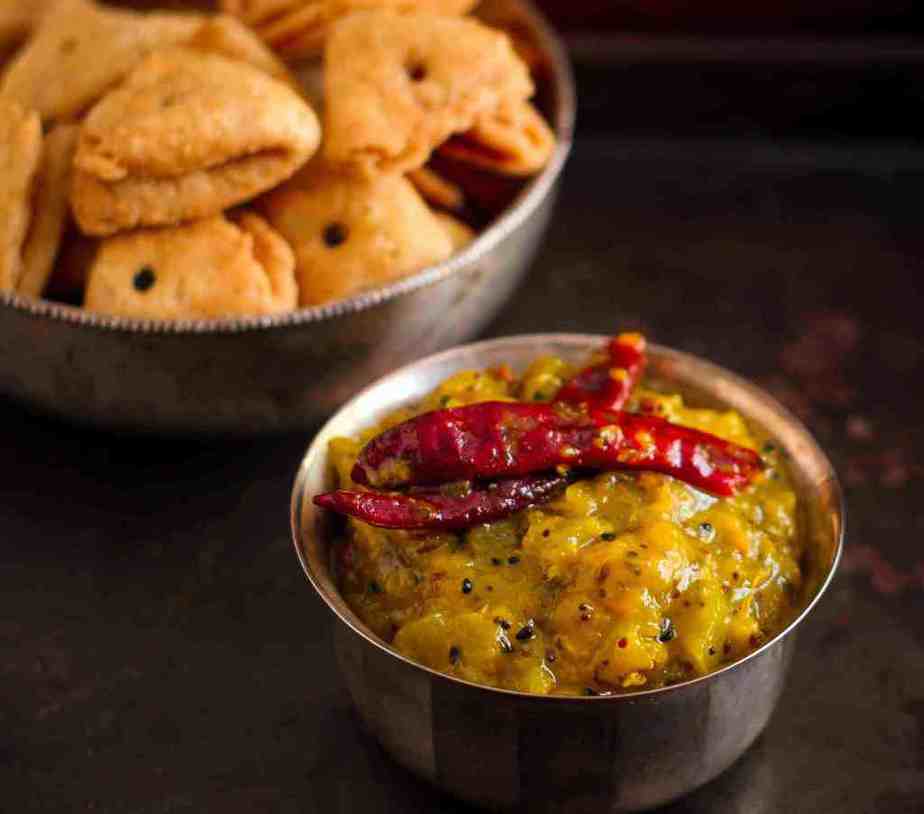
A typical ethnic recipe that uses fenugreek seeds is Aam Ki Launji. I love the raw mango chutney because it’s so easy to personalize. I can sweeten it when the mood strikes or add more chili to give it a kick.
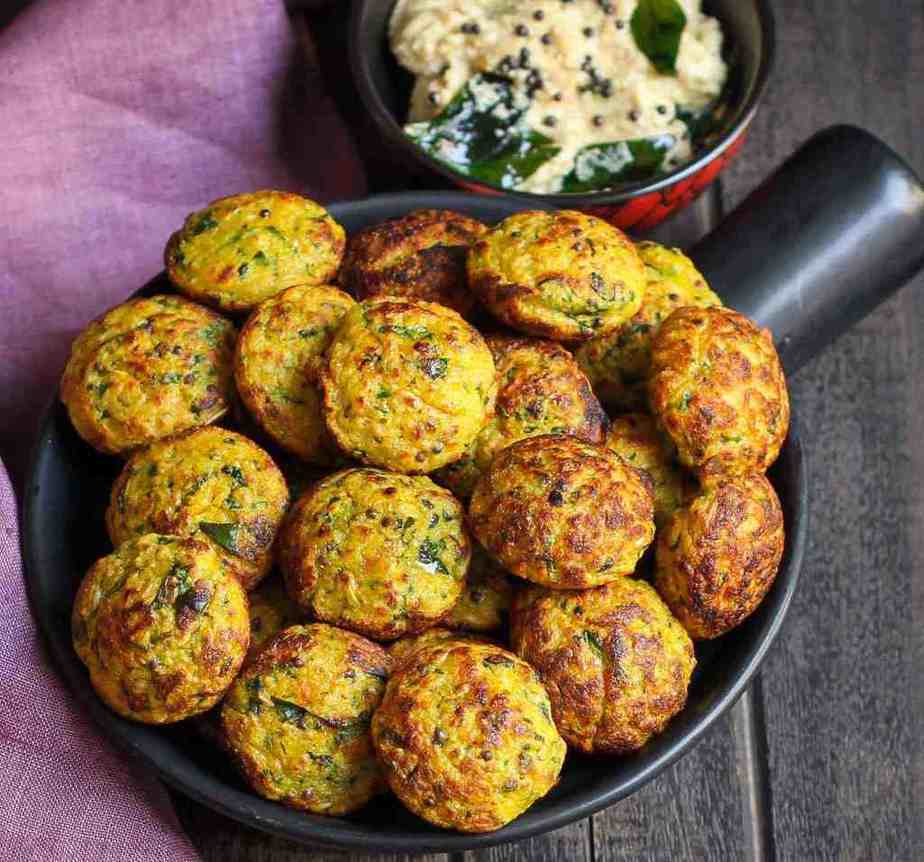
An instant snack with a goodish modicum of fenugreek’s suavity is Oats Vegetable Paniyaram. For me, the fresh fenugreek leaves recipe is synonymous with winters (and when guests drop up unexpectedly). Quick to make, it’s superb with some sambhar or chutney.
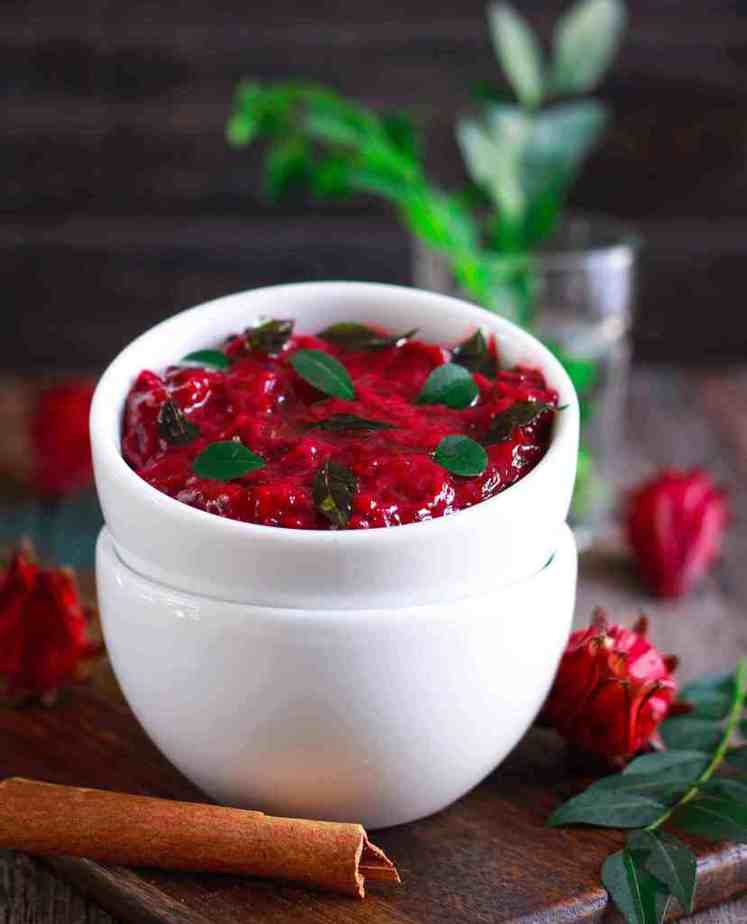
If you feel like binging on both the leaves and the seeds, try making kadhai paneer. Fenugreek is the sine qua non to its exquisiteness.
Tasha’s Inside Tip
Don’t play fast and loose with fenugreek seeds; else the balance of the entire dish will go lopsided. It’s happened many a time to me when I didn’t have the foggiest notion of the spice. If need be, sprinkle some lemon juice to cut through the bitterness. The acid in lime draws out the harsh zest of fenugreek.
I hope you are enjoying my #spiceseries blogs.
I’d love to hear from you! Please tag me on Instagram @tashasartisanfoods, using the hashtag #tashasartisanfoods. You can also FOLLOW ME on INSTAGRAM, PINTEREST for more fabulous recipes! Do subscribe to Tasha’s Artisan Foods so you’ll never miss a recipe!

Leave a Reply